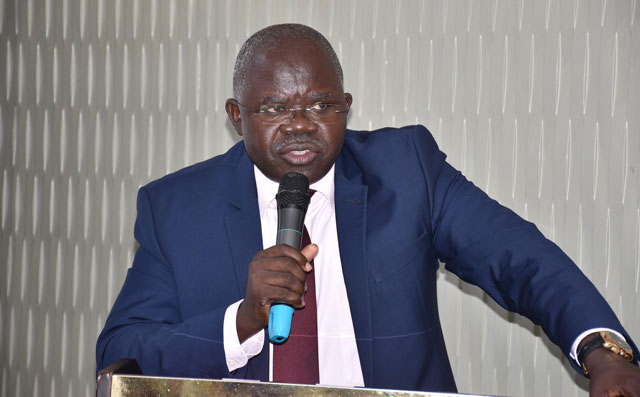
Kampala, Uganda | THE INDEPENDENT | A second dose of the measles vaccine-MVC2 will be introduced by government next year as a strategy aimed at eliminating measles in the country.
According to officials from the Uganda National Expanded Programme (UNEPI) with the introduction of another dose, medics will administer the first vaccine-MVC1 at nine months and the second at 18 months.
Dr Alfred Driwale, the programme manager UNEPI says the introduction of a second dose is critical because it will protect children who are younger than nine months and are susceptible to the disease.
Driwale adds that while the uptake of the measles vaccine has improved in the country and stands at over 90 percent, a second dose is needed to boost up the first one.
“We will not eliminate measles unless we introduce a second dose. We have tried to eliminate the disease using one dose, and it has become obvious that we cannot do it, especially in younger children,” he explained.
Measles is still one of the leading vaccine-preventable killer diseases in the country. According to a recent WHO report, ‘Progress towards Regional Elimination of Measles-Worldwide’, Uganda recorded 150 measles-related deaths in 2019. In 2018, the number stood at 80.
The 2009 WHO Measles Vaccination Paper, encouraged countries to introduce MCV2 only if they had achieved 80 percent vaccine coverage for MCV1 concurrently for at least three years.
The government introduced the Measles-Rubella Vaccine in 2019. At the moment, health ministry officials say that both the vaccines offer protection against the disease. They are however still deciding whether both vaccines can be given interchangeably with children receiving one of each at scheduled timelines.
Scientists recommend that two MR vaccines be given at between 12-15 months of age and the second dose at 4 through to 6 years of age. Unlike the MR vaccines which protect against Rubella or German measles, the MVC 1or 2 vaccines can only protect against measles.
A source from the health ministry says they are still trying to evaluate all logistical aspects like cost of one vaccine over the other before a decision is made on what should be used or whether both vaccines can be used at different times.
********
URN
 The Independent Uganda: You get the Truth we Pay the Price
The Independent Uganda: You get the Truth we Pay the Price



